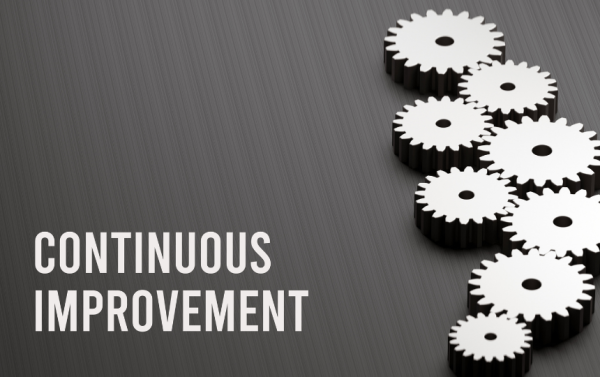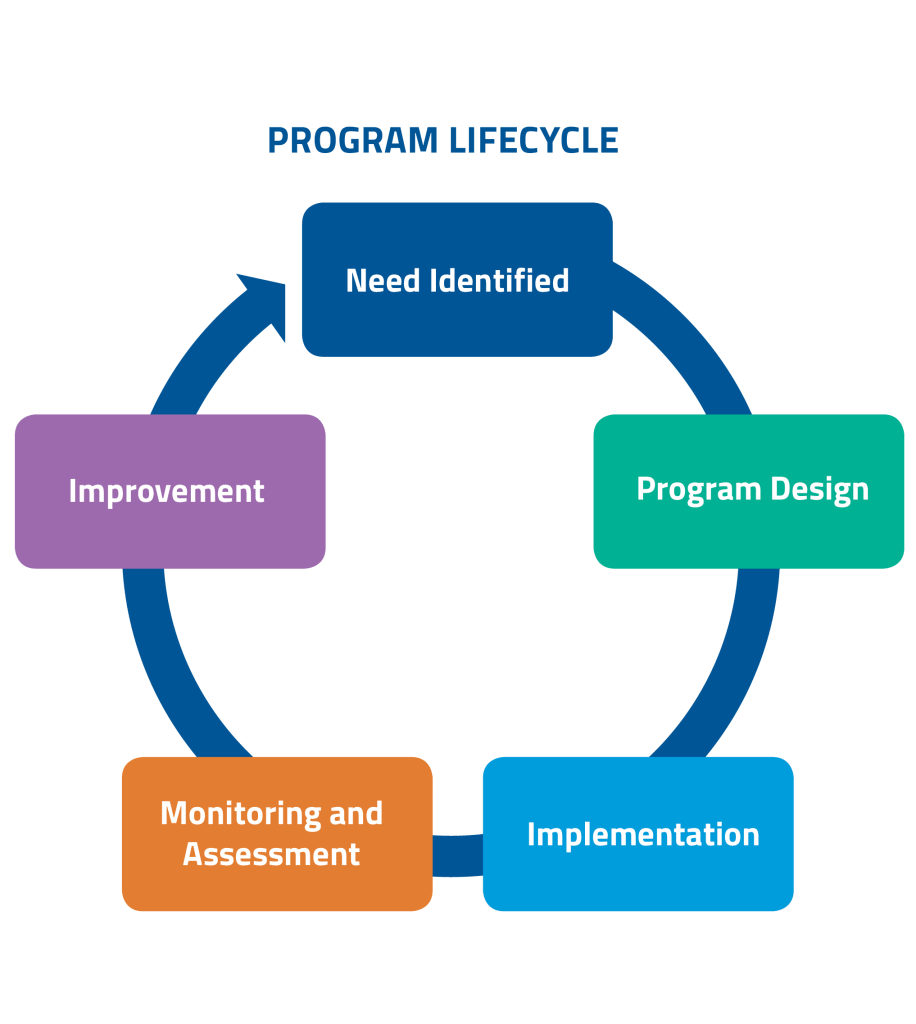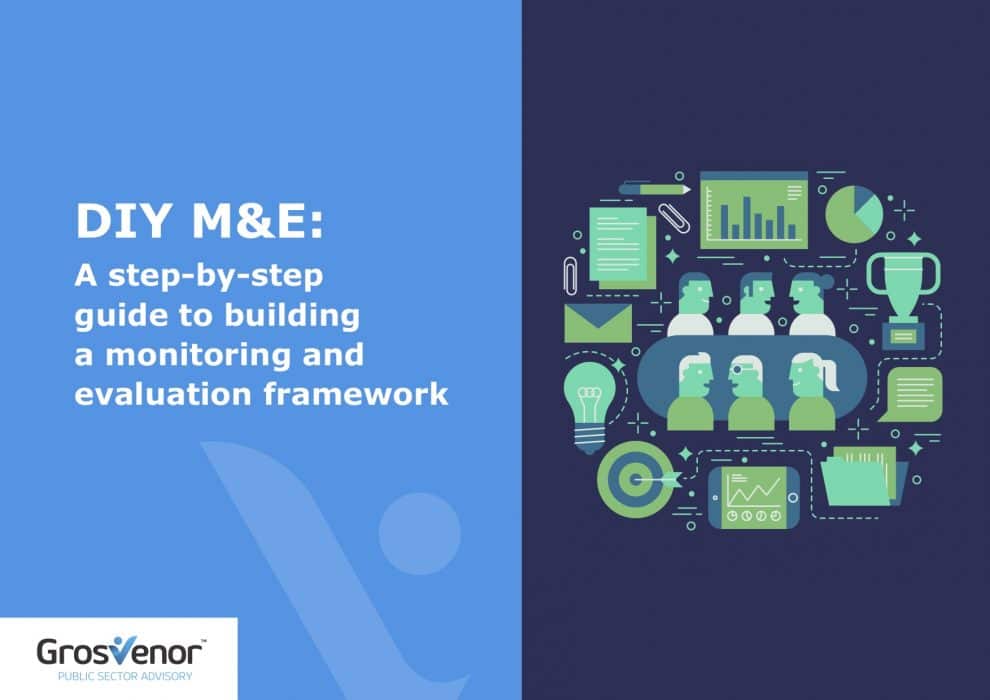How to put evaluation results into action: Encourage the use of findings beyond the final report

Grosvenor has published this series of three articles for program evaluation professionals and program managers faced with the challenge of putting evaluation results into action. This is the final article in the three part series. Missed parts one and two? Read article one now.
Implementing Evaluation Findings
It’s easy to fall into the trap of thinking the evaluators’ job is over once the final report is submitted. In terms of the adoption of improvement opportunities and application of findings, this is basically akin to an evaluator saying “Over to you now! Good luck!”. The evaluator’s job is not over once the final report is submitted!
Even if this approach is tempting it may not create the best outcomes for the program or the organisation of course. Instead, there are a range of tasks and activities that can be undertaken post evaluation delivery to support and encourage action, either by the commissioning organisation or others managing similar programs
Impact doesn’t stop with the decision to adopt (or ignore) an evaluation recommendation or improvement opportunity. Additional lessons can be identified (and actioned) during the implementation process to further maximise the impact of improvement opportunities.
Tip 7 – Undertake monitoring activities to track implementation
Implementing ongoing monitoring of the program and evaluation outcomes following a substantial change will help to further maximise the impacts of any improvements while continuing to enhance the program. Ultimately this all comes back to the program lifecycle and concepts of continuous improvement.
- Through monitoring and evaluation we identify improvement opportunities
- Evaluators design reports to help clients action these improvements
- Actioning the improvements may change program design and implementation
- The updated/enhanced program needs to be monitored and evaluated.
It is only through ongoing monitoring and evaluation that program managers will be able to ensure that actioned improvements are having the desired effect and providing the maximum possible impact, as shown in the below program lifecycle diagram:

Tip 8 – Disseminate evaluation reports and findings beyond the program team
There is a lot that program managers and policy makers can learn from the evaluation of similar initiatives – but this is only possible if lessons are shared.
Where appropriate:
| Communicate | Share the evaluation report within your organisation so other program managers can learn from their experiences |
| Publish | Consider publishing and/or sharing the report on industry websites and databases, or even writing a journal article |
| Present | At events or conferences |
Bringing it all together
There are a range of things that evaluators and program managers can do to ensure that evaluation findings are put into action.
While not an exhaustive list, we encourage you to work your way through the eight key steps and work out what is right for you and your organisation.
| Tip 1 | Assess all improvement opportunities: are they appropriate and best suited to the needs of the program /organisation? |
| Tip 2 | Prioritise! Don’t present a ‘laundry list of ideas’ |
| Tip 3 | Assess the cohesiveness of your recommendations |
| Tip 4 | Plan the required actions, resources, timeframes and ownership of the improvements |
| Tip 5 | Understand and engage with your audience and decision makers |
| Tip 6 | Tailor reporting to the audience – there isn’t a one size fits all approach |
| Tip 7 | Undertake monitoring activities to track implementation |
| Tip 8 | Disseminate evaluation reports and findings beyond the program team |
Want to know more?
At Grosvenor, we believe that evaluation needs to be collaborative, accessible and support decisions and change that provide the best outcomes for our clients and their program stakeholders. No matter whether you are commissioning or delivering evaluations, get in touch with one of our consultants today to understand more about how you can maximise the impact and use of your evaluation findings.








